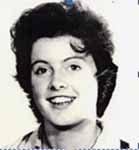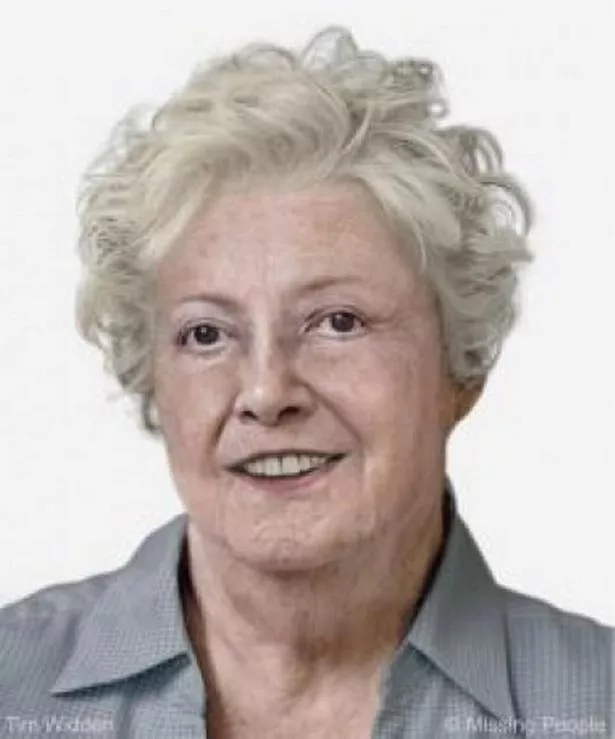MelmothTheLost
Well-Known Member
- Joined
- Jan 22, 2016
- Messages
- 4,051
- Reaction score
- 4,615
If she was pregnant, perhaps she went off to a mother and baby home to have the baby, as was common for unwed mothers at the time. Then perhaps she didn't want to return home. Or perhaps she decided to keep the baby, but knew she wouldn't be welcome home with the baby in tow so she went off to start a new life with her child.
At that time it was virtually unthinkable for an unmarried mother to keep her baby. The state was a lot more paternalistic then and made decisions that would not be countenanced now. For example, when my mother was in hospital having me, there was a woman on the ward who'd just had her 10th baby and her belly was hanging almost to her knees. The doctors refused to discharge her until she had been sterilised.
The reality is that since she would have been estranged from her family, Mary would effectively have been forced to hand over her baby and then discharged. She probably wouldn't even have been allowed to name the baby or register the birth as it was normal for healthy babies to be handed over to childless couples within days and for the adoptive parents to register the child as theirs with their surname and choice of first name(s) from the start. It wasn't until the late 1960s that the idea of unmarried mothers routinely being able to keep their babies gained any sort of traction.
Or could she have died in childbirth? Although they would surely have contacted the family to inform them of her death - or would they?
If she died in childbirth in some official facililty such as a hospital or place for unmarried mothers, her death would have been registered in the usual way. There are no deaths of a Mary Flanagan in 1960 which could possibly be her.
If she had died in that way, there's a good chance the authorities would have offered to place the baby with her family. It was not unknown for an unmarried teenager's baby to be brought up in the family as a child of the grandmother if that was credible.
In addition, its worth noting that abortion was not legal at the time. If Mary was pregnant and marriage was not on the cards for whatever reason, perhaps she sought a backstreet abortion and died in the process? Then the person doing the abortion had to get rid of Mary's body, so that he did not get prosecuted for carrying out illegal abortions.
I think that's unlikely. Firstly because Mary was Catholic and even today the abortion rate amongst Catholic women is pretty low. Secondly because it sounds as though her life was sheltered and controlled by her father so it's unlikely she'd have known where to turn to get an illegal abortion. It's the sort of thing that would only have been discussed between very close and trusted friends.


